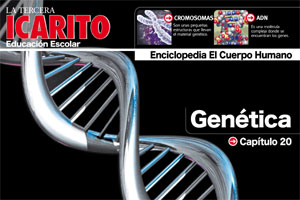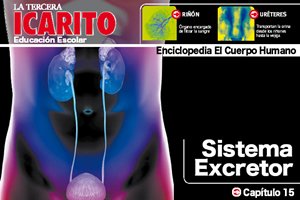Summaries
Newborns and infants
– Those born and have yet to reach 28 days of live are dubbed newborns (neonates).
– After birth, the respiratory, circulatory and excretory systems begin to carry out their respective tasks, which were performed by the mother before.
– The spaces present between the cranial bones are called fontanels and these are four of them: anterior, posterior, anterolateral and mastoid.
Infancy
-Boys and girls’ weight and height increases noticeably during infancy.
-The incorporation of language and their development are two milestones within children’s intellectual development.
Adolescence
– One of the main changes of adolescence is that the differences between men and women are accentuated.
– Puberty corresponds to the period in which the physical characteristics become more evident and the sexual organs mature. It is caused by the increase of some hormones’ activity.
Adulthood and old age
– Adult age goes from approximately the age of 18 to the age of 60 or 65. It is characterized for a great corporal stability and a gradual aging.
– Menopause is the end of a woman’s fertile period, marked by the definite end of the menstrual cycles.
– Old age is mainly characterized by the loss of some abilities and organic deterioration.







 La Escuadra Nacional bloquea el puerto de El Callao
La Escuadra Nacional bloquea el puerto de El Callao